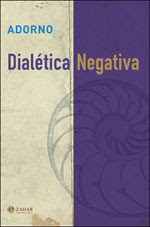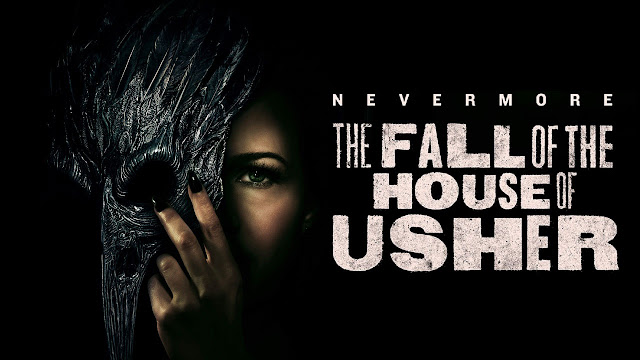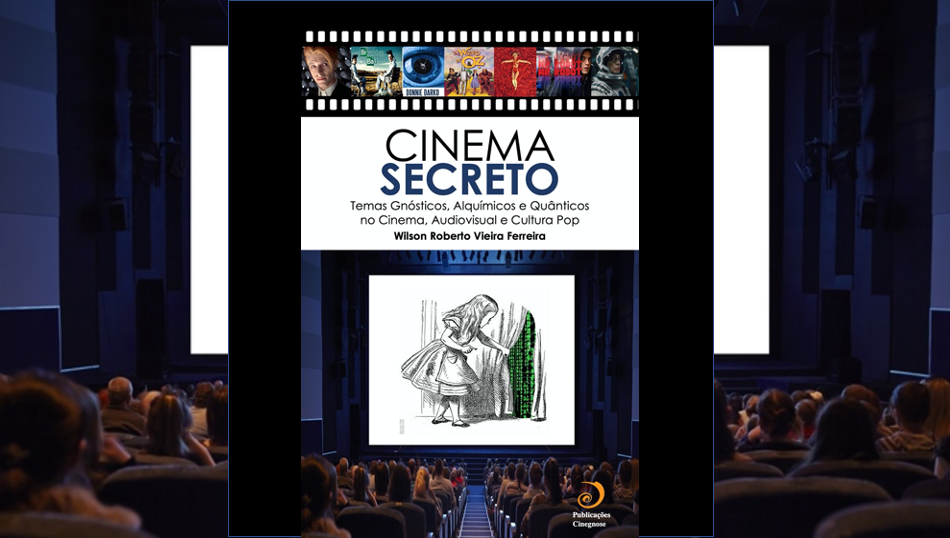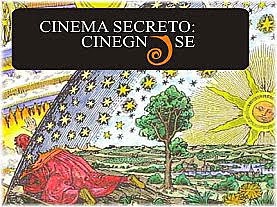"O Todo é a Verdade" (Hegel)
"O Todo é o Falso" (Adorno)
Na obra D
 ialética Negativa Adorno rompe com o passado "apocalíptico" das discussões sobre a indústria cultural para buscar a alternativa do "inteiramente outro", a busca pela transcendência de uma falsa totalidade que nos envolve. Para tanto, Adorno parte uma decisiva crítica contra a dialética positiva de Hegel (a transcendência por meio da síntese do Espírito em um Absoluto), ao propor as bases de uma "Dialética Negativa": o resgate da experiência do particular, do concreto e do individual por meio de uma dialética que não liquide o particular por meio de conceitos universais. Se em toda filosofia ocidental identificamos essa liquidação do particular em nome do Universal, Adorno propõe redimir a experiência individual, trazendo materialidade à metafísica por meio de uma dialétida negativa que negue a formação de conceitos para apreender a experiência. Para ele, os conceitos abstratos nada mais são do que reflexos de uma totalidade falsa por ser abstrata (as trocas mercantis, a religiosidade deteriorada, etc) que mata qualquer possibilidade de alteridade e verdade.
ialética Negativa Adorno rompe com o passado "apocalíptico" das discussões sobre a indústria cultural para buscar a alternativa do "inteiramente outro", a busca pela transcendência de uma falsa totalidade que nos envolve. Para tanto, Adorno parte uma decisiva crítica contra a dialética positiva de Hegel (a transcendência por meio da síntese do Espírito em um Absoluto), ao propor as bases de uma "Dialética Negativa": o resgate da experiência do particular, do concreto e do individual por meio de uma dialética que não liquide o particular por meio de conceitos universais. Se em toda filosofia ocidental identificamos essa liquidação do particular em nome do Universal, Adorno propõe redimir a experiência individual, trazendo materialidade à metafísica por meio de uma dialétida negativa que negue a formação de conceitos para apreender a experiência. Para ele, os conceitos abstratos nada mais são do que reflexos de uma totalidade falsa por ser abstrata (as trocas mercantis, a religiosidade deteriorada, etc) que mata qualquer possibilidade de alteridade e verdade.No mundo cotidiano essa liquidação do particular pelo universal é experimentada como sofrimento e mal-estar. Nesse cenário vão se propagar cada vez mais idéias que aspiram por um vulgar impulso por transcendência :
"O desespero pelo que existe propaga as idéias
transcedentais, que em outros tempos foram contidas. Qualquer um, unclusive as que se ocupam com negócios desse mundo, considerará um desvario a idéia de que esse mundo finito de tormento infinito seja abarcado por um plano universal divino" (ADORNO, La Dialectica Negativa. Madrid: Taurus, p. 375.)
Para Adorno a questão do "sentido da vida" é uma metafísica secularizada, isso é, já contaminada pela própria
 natureza do mundo que pretende questionar. A pergunta obterá uma "falsa resposta": este impulso religioso vulgar que pretende transcender a miséria reinante somente reproduz a própria totalidade que pretende superar ao entronar uma nova totalidade. É como se pulasse da frigideira para cair no fogo. Diante da totalidade inautêntica do mundo mercantil, a resposta procura por uma nova injeção de sentido a uma realidade vazia, ou seja, procura uma novo universal que continuará liquidando a autêntica experiência de singularidade individual.
natureza do mundo que pretende questionar. A pergunta obterá uma "falsa resposta": este impulso religioso vulgar que pretende transcender a miséria reinante somente reproduz a própria totalidade que pretende superar ao entronar uma nova totalidade. É como se pulasse da frigideira para cair no fogo. Diante da totalidade inautêntica do mundo mercantil, a resposta procura por uma nova injeção de sentido a uma realidade vazia, ou seja, procura uma novo universal que continuará liquidando a autêntica experiência de singularidade individual.Adorno refere-se a essa experiência como "imediatez subjetiva intacta" ou "subjetivismo do ato puro", experiência que nos daria o "interior dos objetos", a redenção do materialismo por meio da metafísica que, finalmente, revelaria a verdade do mundo. É uma espécie de teologia invertida onde a redenção é menos a fuga do espírito em direção do Absoluto do que o resgate do Absoluto no interior dos objetos do mundo.
Adorno exemplifica esse momento sagrado com a reconstituição proustiana da experiência. O que Proust descobre na Busca do Tempo Perdido são experiências singulares extraídas de pequenos lugares e prosaicos acontecimentos, mas que almejam espontaneamente a universalidade, não pela violência de conceitos que abstraem a concreção dos fatos mas da força do individual, do irreprodutível.
Se vida tivesse um sentido não nos perguntaríamos pelo sentido dela, afirma ironicamente Adorno. Ao verdadeiro fascínio pela totalidade que a pergunta contém, Adorno contrapõe com o elogio do niilismo: a busca por sentido é paralizante para a liberdade e a felicidade. Aos ataques da consciência moral contra o niilismo, Adorno responde: o niilismo não significa "acreditar em nada" porque crer significa acreditar em algo e não em nada. Esse algo, portanto, é o inteiramente outro, algo para além da totalidade desse mundo, desde já ausente de sentido, tão niilista quanto a própria crítica que se dirige ao Niilismo:
"O niilismo dessa maneira implica no contrário da
identificação com o nada. Seu gnosticismo vê no mundo criado o radicalmente mal, e na negação deste pela possibilidade de outro, todavia ainda por ser. Enquanto o mundo for o que é, todas as imagens de reconciliação, paz e tranquilidade se assemelham a imagens da morte" (ADORNO, Dialéctica Negativa, Madrid: Taurus, p. 381).
Aqui Adorno identifica a natureza gnóstica latente na sua Dialética Negativa. Para ele, não se trata mais de recusar o existente por meio da crítica ideológica (subjacente na sua fase da crítica da indústria cultural). A negação por meio da crítica das ilusões ideológicas (fetichismo, coisificação etc.) esbarra na radicalidade do mal presente na realidade. Não há exterioridade para a crítica. Ser e Totalidade não têm sentido já que se constituem por uma série de abstrações que violentam a felicidade individual e a autenticidade da experiência singular. As dicotomias racionalistas da mera crítica ideológica (verdade/mentiral, real/ilusão etc) não conseguem dar conta de um niilismo desde sempre presente no mundo material. Por isso, para Adorno, a crítica deve ser Niilista e Metafísica ao aspirar pelo terceiro elemento, o tertium quid dos gnósticos: nem ilusão nem a realidade, mas o Inteiramente Outro.
Portanto, extrapolando esta aproximação que Adorno faz entre a experiência metafísica e niilismo, a verdadeira experiência do sagrado ou da gnose não advém da súbita descoberta de um "sentido" ou de um "desígnio"ou "propósito" para a mera existência cotidiana. Para além desse impulso metafísico vulgar, o Sagrado é a súbita descoberta do fascinante vazio e vertigem ao pressentir a ilusão que constitui a realidade.
Quem Foi Theodor Adorno: considerado o principal expoente da chamada Escola de Frankfurt, Instituto de Pesquiss Sociais que reuniu entre as décadas de 30 e 40 do século XX, entre outros nomes, Max Horkheimer, Herbert Marcuse e Walter Benjamin. Sistematizaram a Teoria Crítica da Sociedade, quadro conceitual que implicava não apenas na crítica das mídias como Indústria Cultural mas, também, a revisão crítica da filosofia iluminista ocidental.






 domingo, dezembro 20, 2009
domingo, dezembro 20, 2009
 Wilson Roberto Vieira Ferreira
Wilson Roberto Vieira Ferreira








 Participei neste último sábado (12/12) de uma banca examinadora do trabalho de conclusão da pós lato sensu em cinema da Universidade Anhembi Morumbi. O trabalho era de Vivian Cristina Cardozo com o tema “Da Tragédia Moderna ao Jogo de Representação no Documentário Jogo de Cena de Eduardo Coutinho”. A apresentação oral de Vivian apenas confirmou-me o que senti na leitura do trabalho: uma potencial discussão sobre a presença da religiosidade e do sagrado no audiovisual.
Participei neste último sábado (12/12) de uma banca examinadora do trabalho de conclusão da pós lato sensu em cinema da Universidade Anhembi Morumbi. O trabalho era de Vivian Cristina Cardozo com o tema “Da Tragédia Moderna ao Jogo de Representação no Documentário Jogo de Cena de Eduardo Coutinho”. A apresentação oral de Vivian apenas confirmou-me o que senti na leitura do trabalho: uma potencial discussão sobre a presença da religiosidade e do sagrado no audiovisual.



 This symbolism and iconography of the cave in the movies is what fascinates the public. There is the villain, the evil one who breaks the order of Light, the episteme, the logical and scientific world of everyday life. In offering what Jung calls "immediate religious experience," to numinous experience, in terms set by Rudolf Otto translated phrase mysterium tremendum et fascinans augustum.
This symbolism and iconography of the cave in the movies is what fascinates the public. There is the villain, the evil one who breaks the order of Light, the episteme, the logical and scientific world of everyday life. In offering what Jung calls "immediate religious experience," to numinous experience, in terms set by Rudolf Otto translated phrase mysterium tremendum et fascinans augustum.





![Bombas Semióticas na Guerra Híbrida Brasileira (2013-2016): Por que aquilo deu nisso? por [Wilson Roberto Vieira Ferreira]](https://m.media-amazon.com/images/I/41OVdKuGcML.jpg)
















